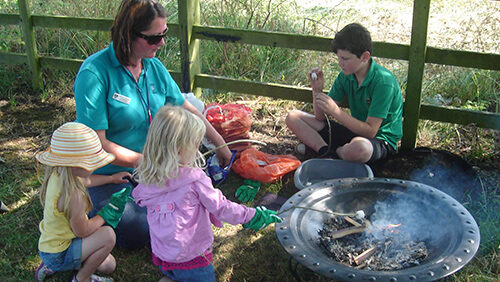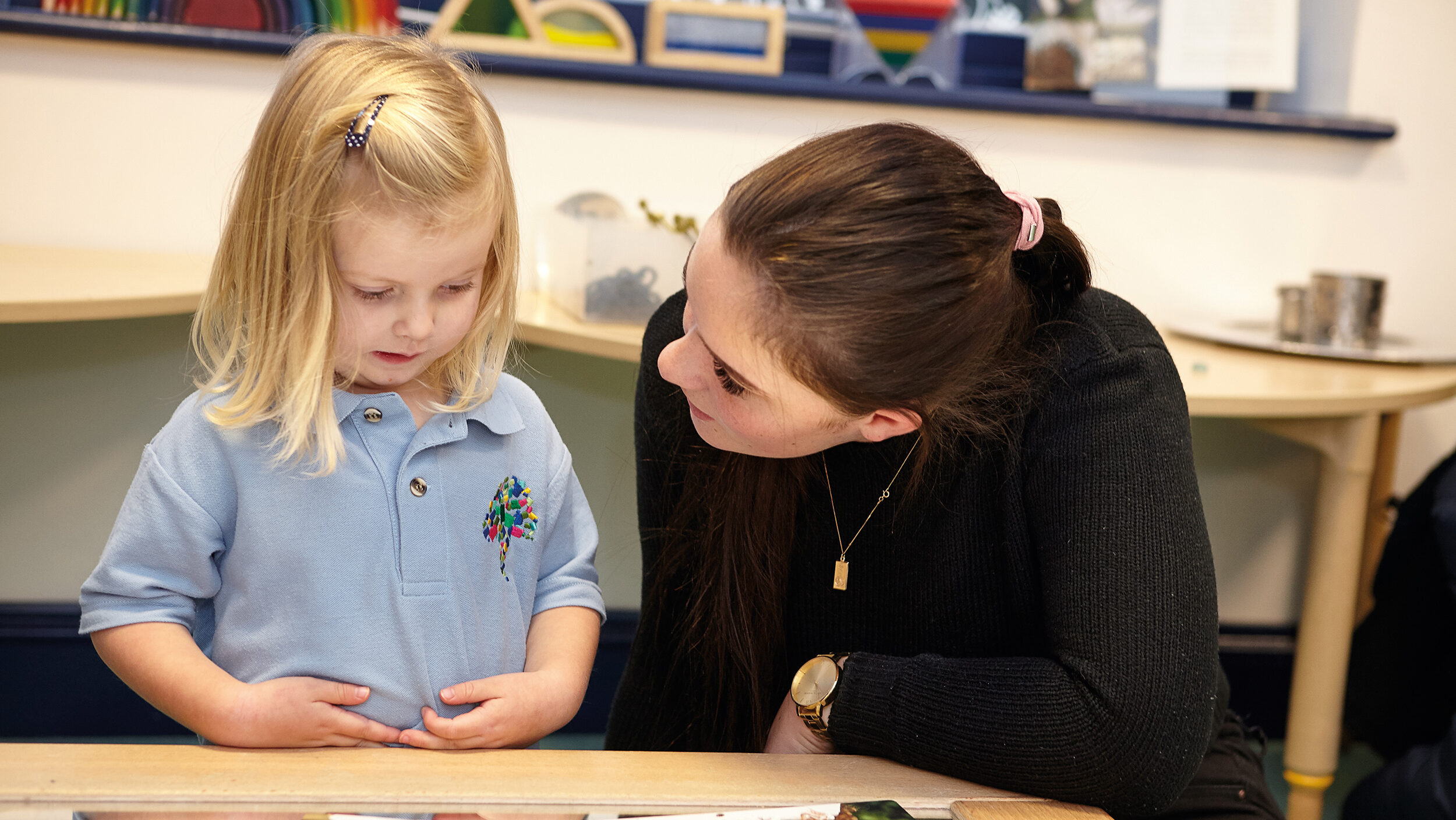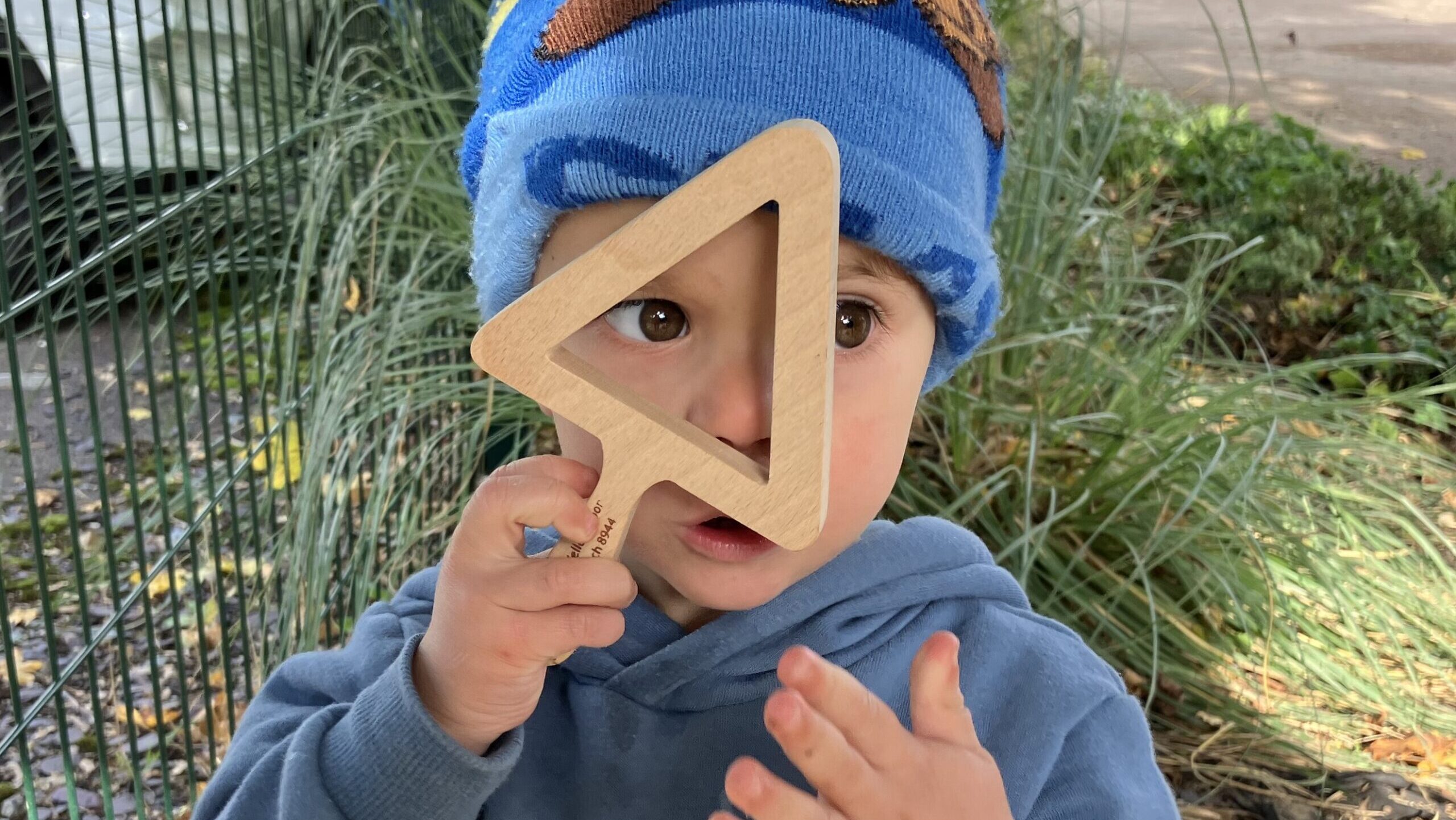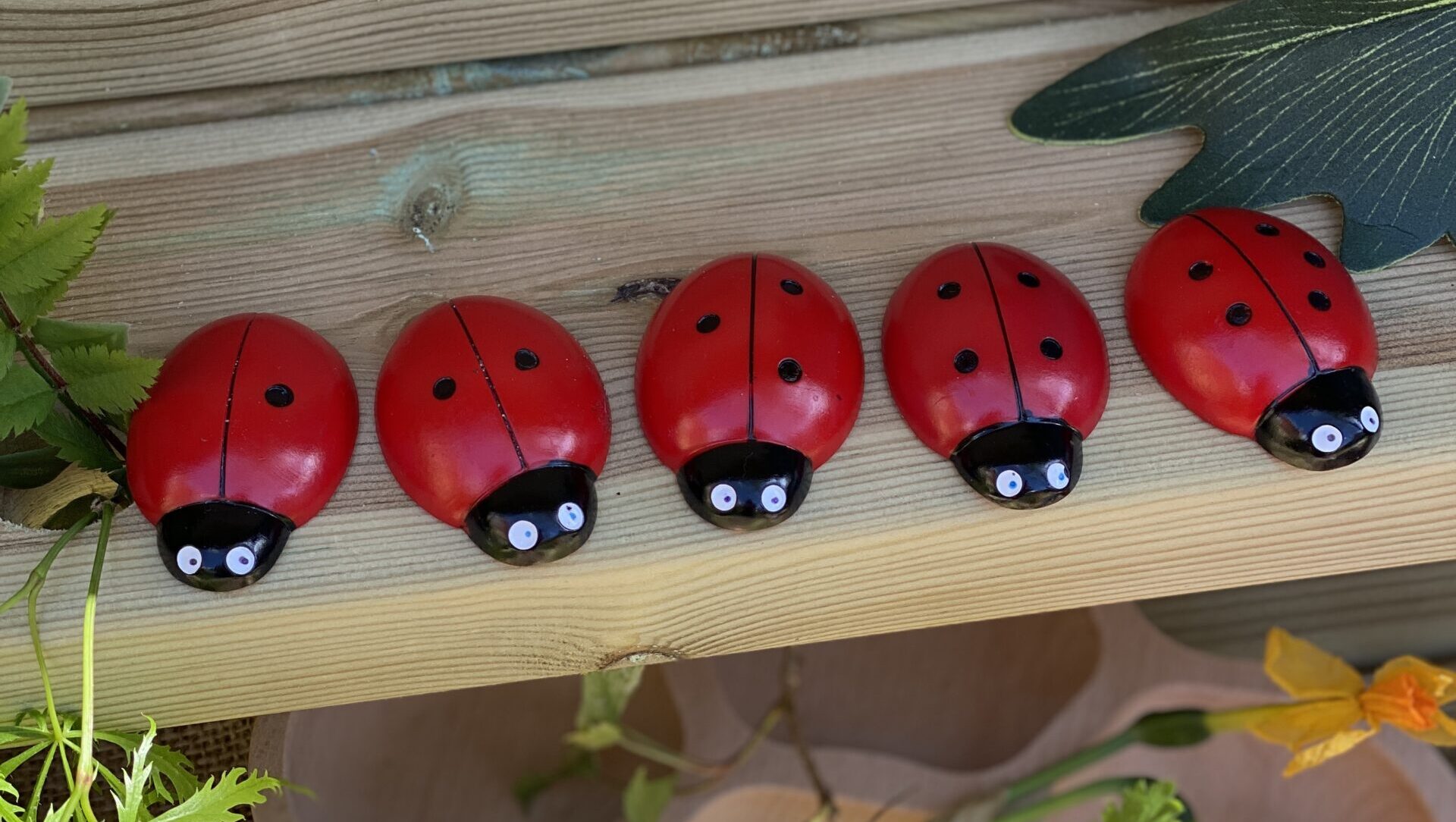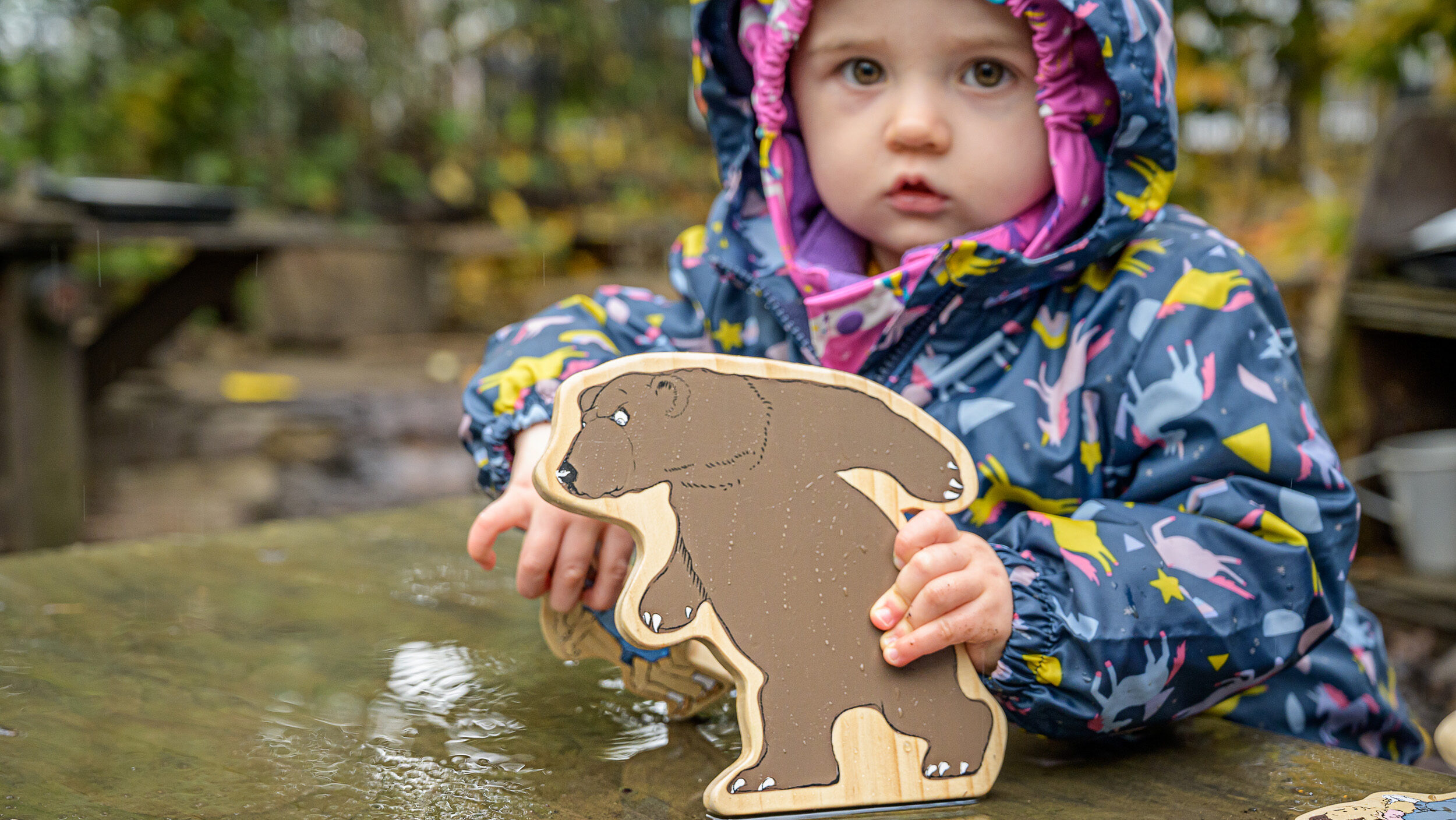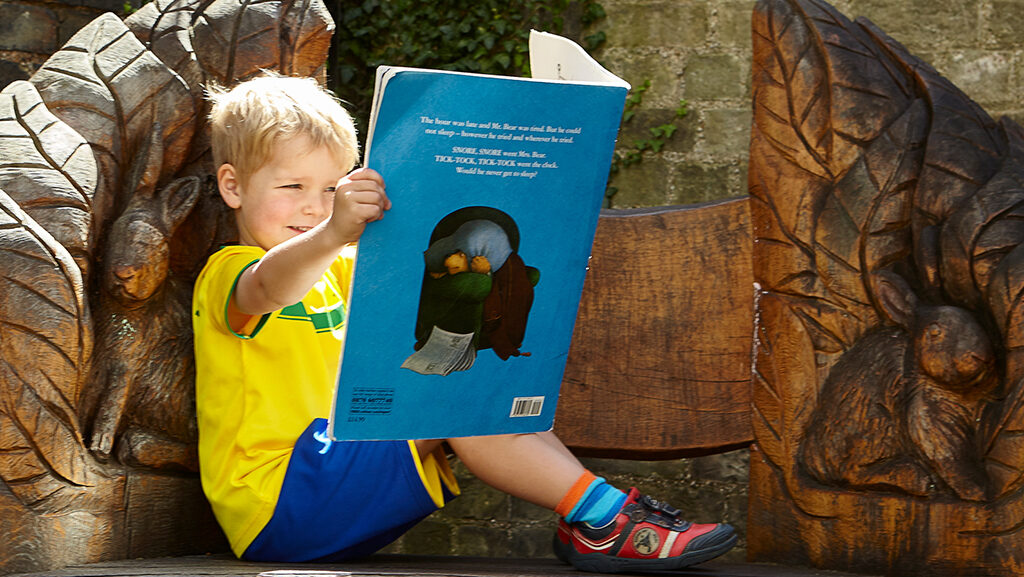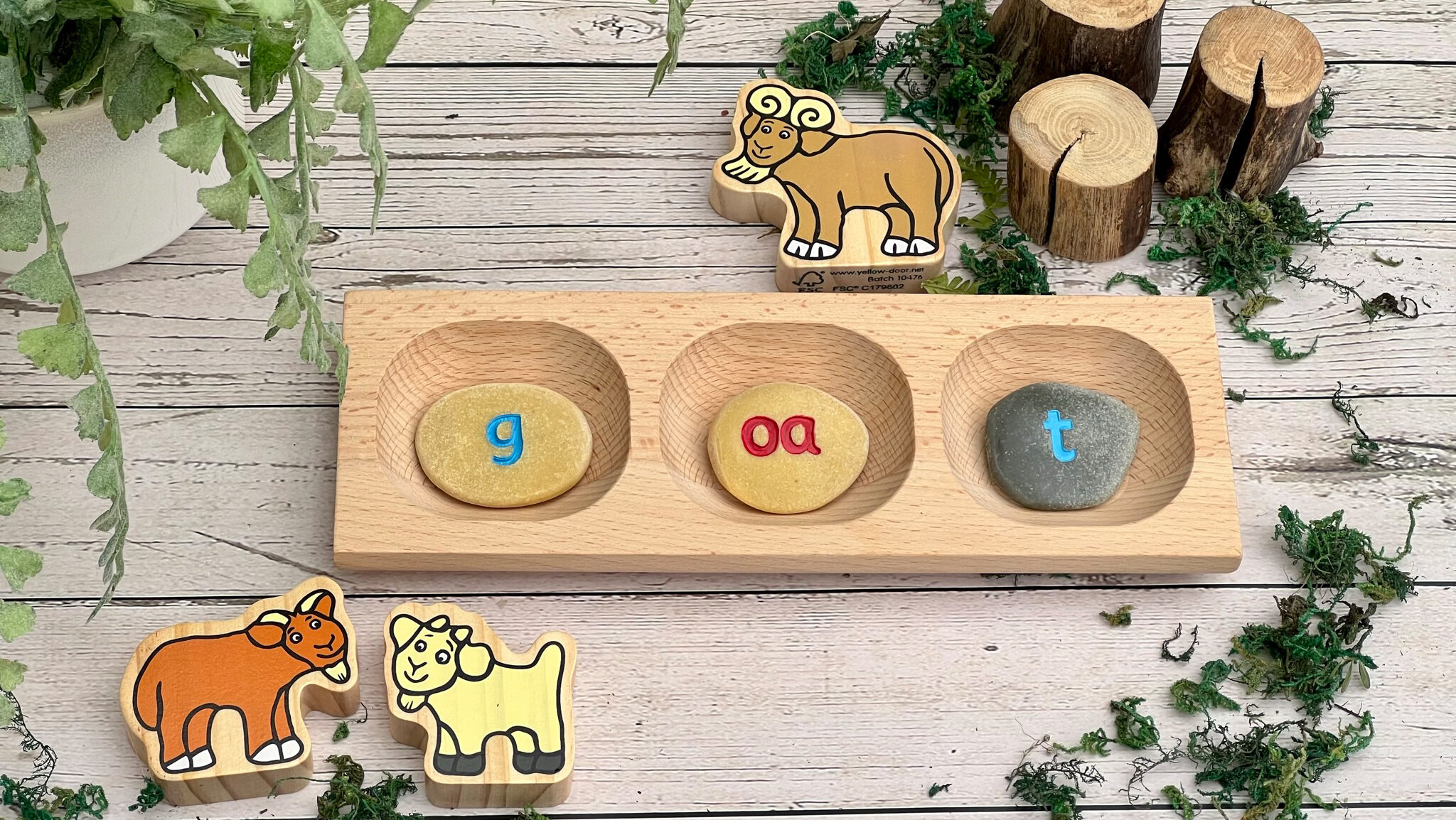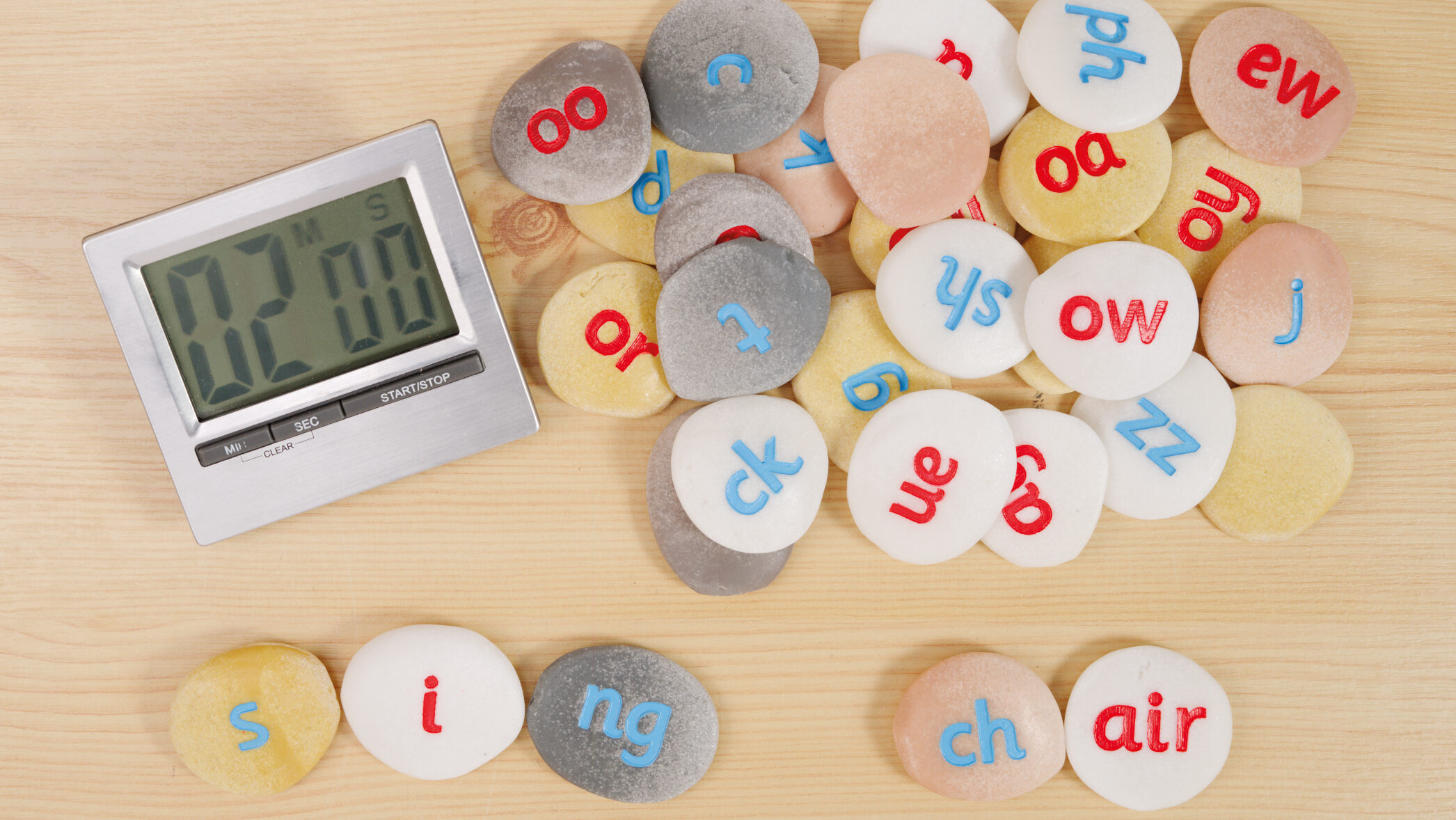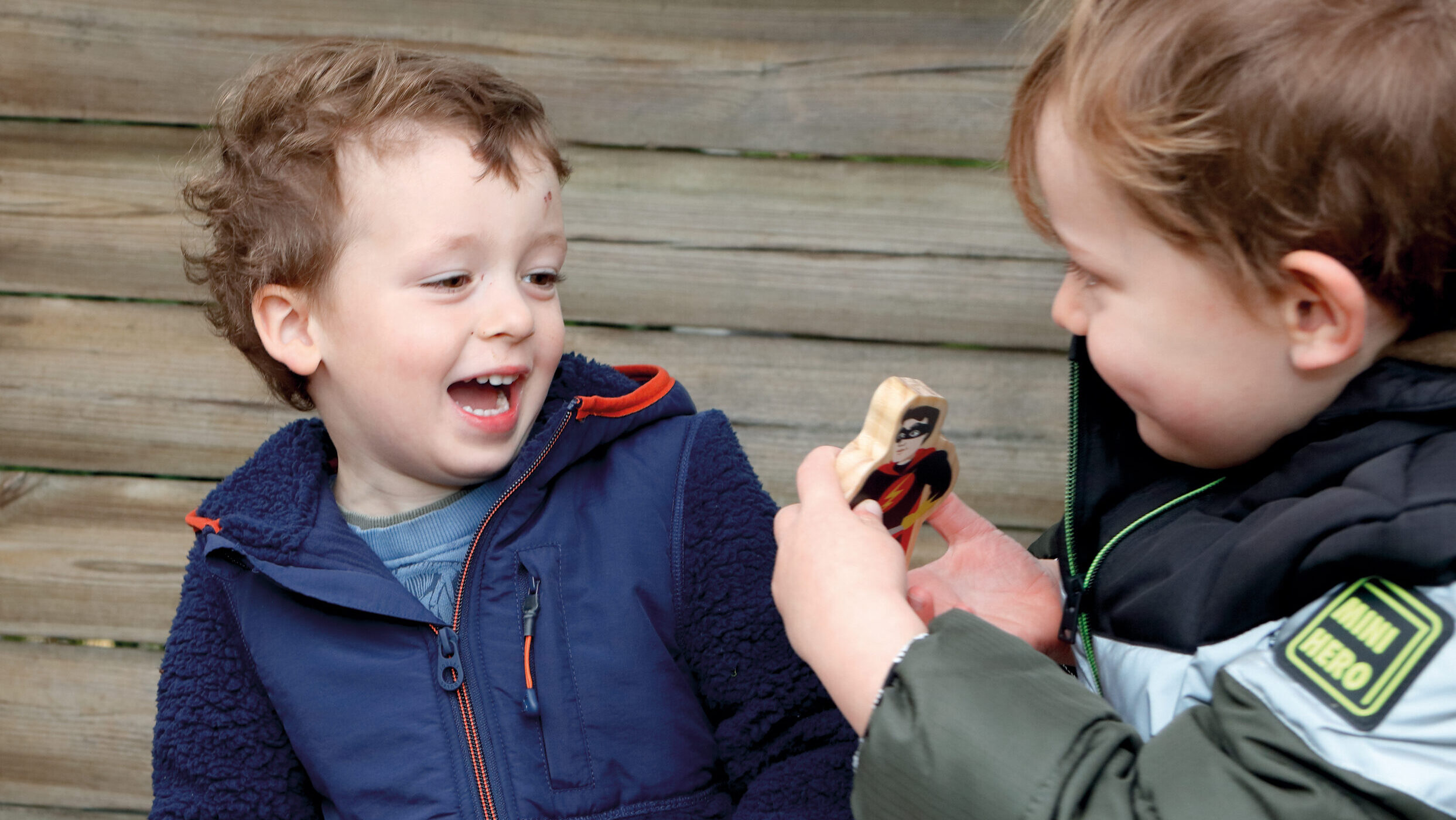Creating a Risk-Friendly Classroom
It is vital for children’s optimal development that they have opportunities to take developmentally-appropriate risks in play. Being able to do so and experience the related benefits are crucial aspects of every child’s development. An environment that is risk-friendly is the best context for this to take place in. The pointers below will help to […]

